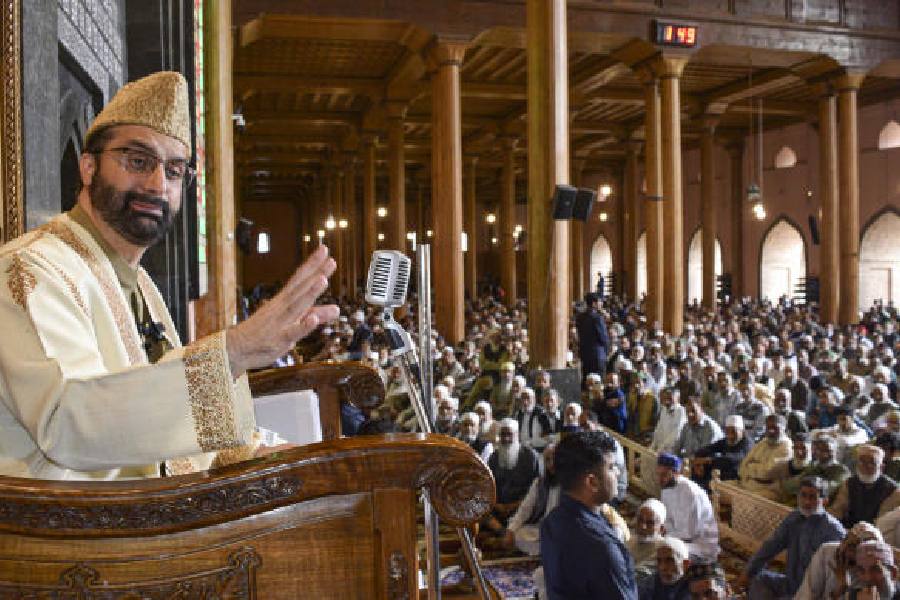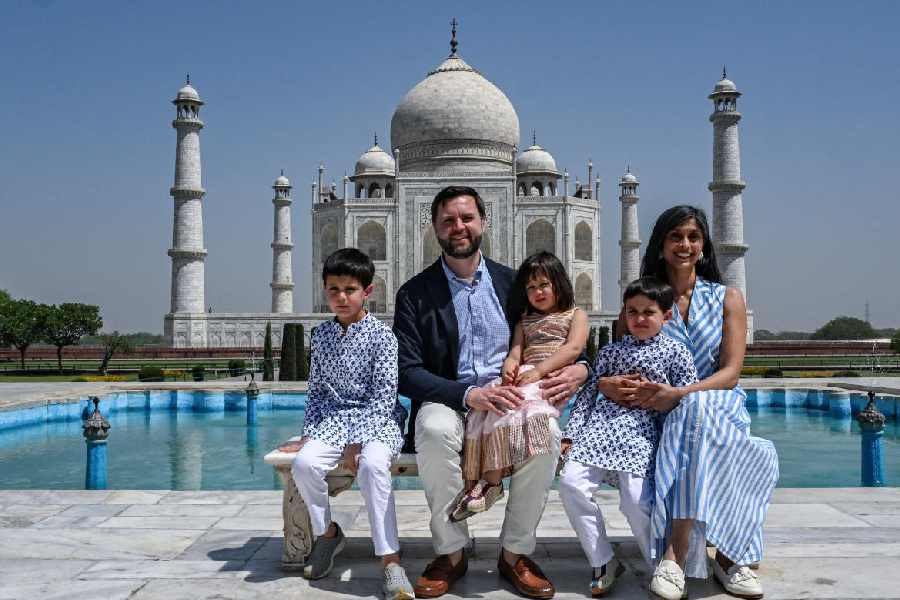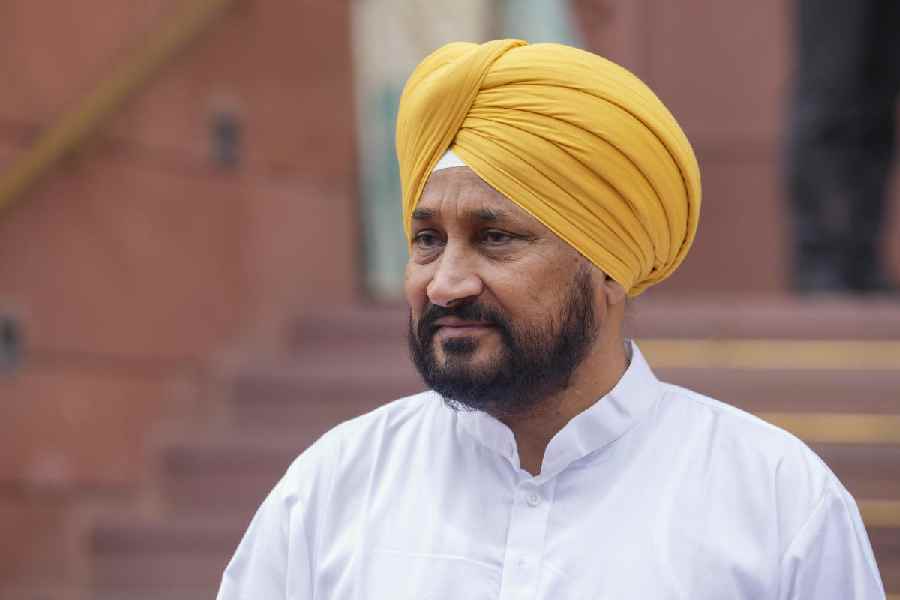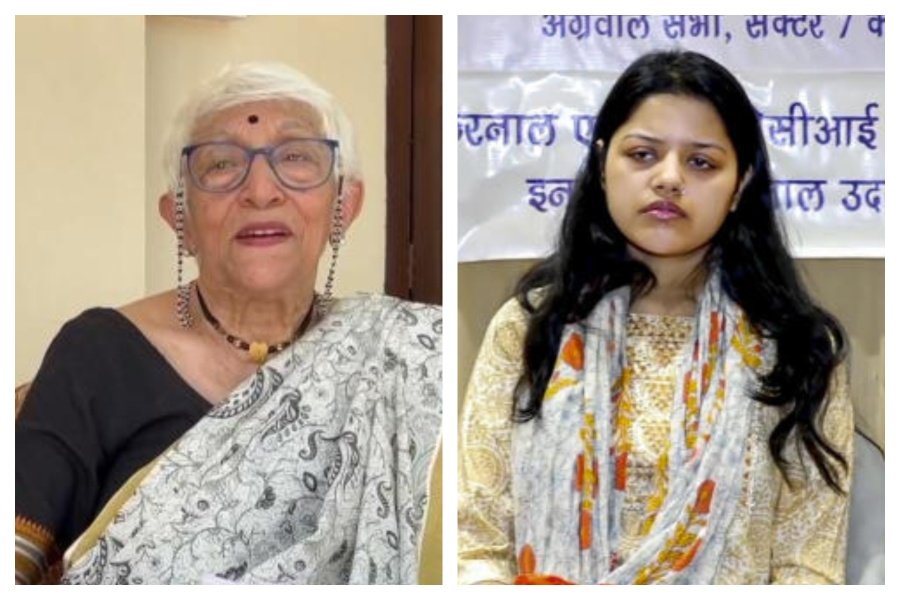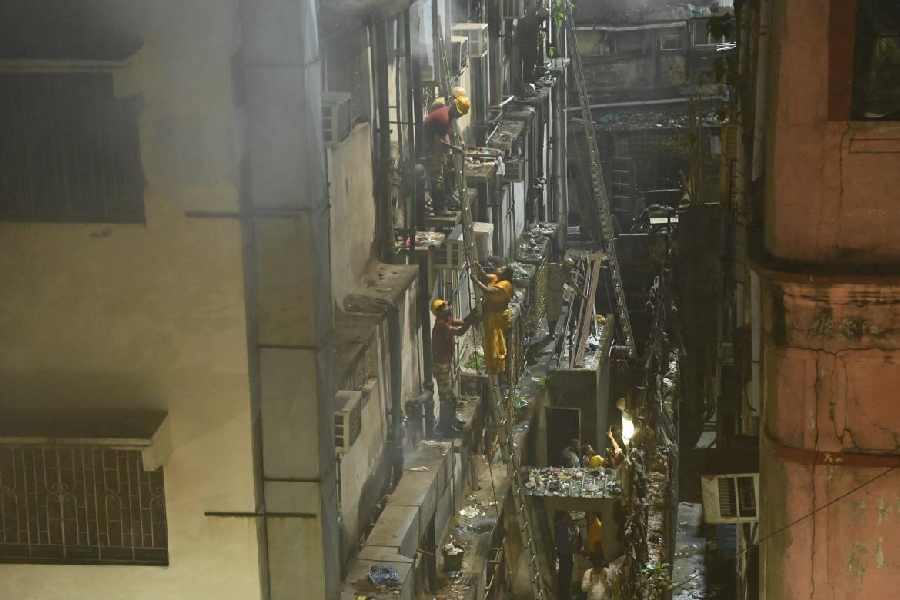 |
An additional 350-odd seats — that’s the West Bengal government’s achievement in expanding the scope of medical education in the past two decades.
In the same period, the count of students taking the Joint Entrance Examination (medical) has more than doubled. Over 35,000 students competed for 1,105 seats in nine medical colleges across the state this year.
The scope of medical education is much higher in states like Tamil Nadu, Karnataka, Maharashtra and Uttar Pradesh, as private medical colleges have come up to cater to the rising demand (see box).
“There is no doubt about the need to increase the number of medical colleges and seats. We will encourage private investment in medical education,” said state health minister Surjya Kanta Mishra.
The realisation, however, is not new. The state government revisited its medical education policy in 2003 and principally agreed to allow private players in medical education.
But unlike in engineering education, which has seen the entry of a number of private players and taken the tally of engineering colleges beyond 50, medical education has failed to attract private players.
After approvals from the state health department and the University of Health Sciences, clearances from the Medical Council of India (MCI) and the central health ministry are required to set up a medical college.
But in the past four years, the government has received only three proposals for opening medical colleges. While the state turned down two proposals, the KPC Medical College and Hospital Society application is pending with the MCI.
“We look at a host of factors, like teacher-student ratio, physical infrastructure and research facilities before we clear a proposal. We use extreme caution before giving the go-ahead. The application from Bengal does not meet most of the criteria,” said A.R.N. Setalvad, secretary, MCI.
As the number of students leaving for private medical colleges in other states is increasing every year, the government has decided to intervene.
According to sources in the health ministry, senior officials in the department recently held meetings with representatives of some private groups to get to the reasons behind their lack of interest in medical education.
“The investment for opening a medical college along with a referral hospital is not less than Rs 200 crore. We can invest the funds and build proper infrastructure only if we are sure of the returns,” said a spokesman for a group planning a medical college in Calcutta. “The policies of the government, particularly with regard to fees, should be more flexible,” he added.
According to him, private medical colleges in other states charge at least Rs 4.5 lakh every year from students. But the state government — keen to maintain parity with the fees charged in government colleges (around Rs 12,000 a year) — has always objected to such high fees.
Lack of good teachers and fear of unionisation has been cited as the other impediments to the entry of private players.
Though the minister has claimed that private investment will be encouraged, the government is yet to decide on its stand on a fee structure in private medical colleges.
Till that is resolved or the government raises the number of seats in its medical colleges, students will leave for other states to pursue medical education at a premium.


